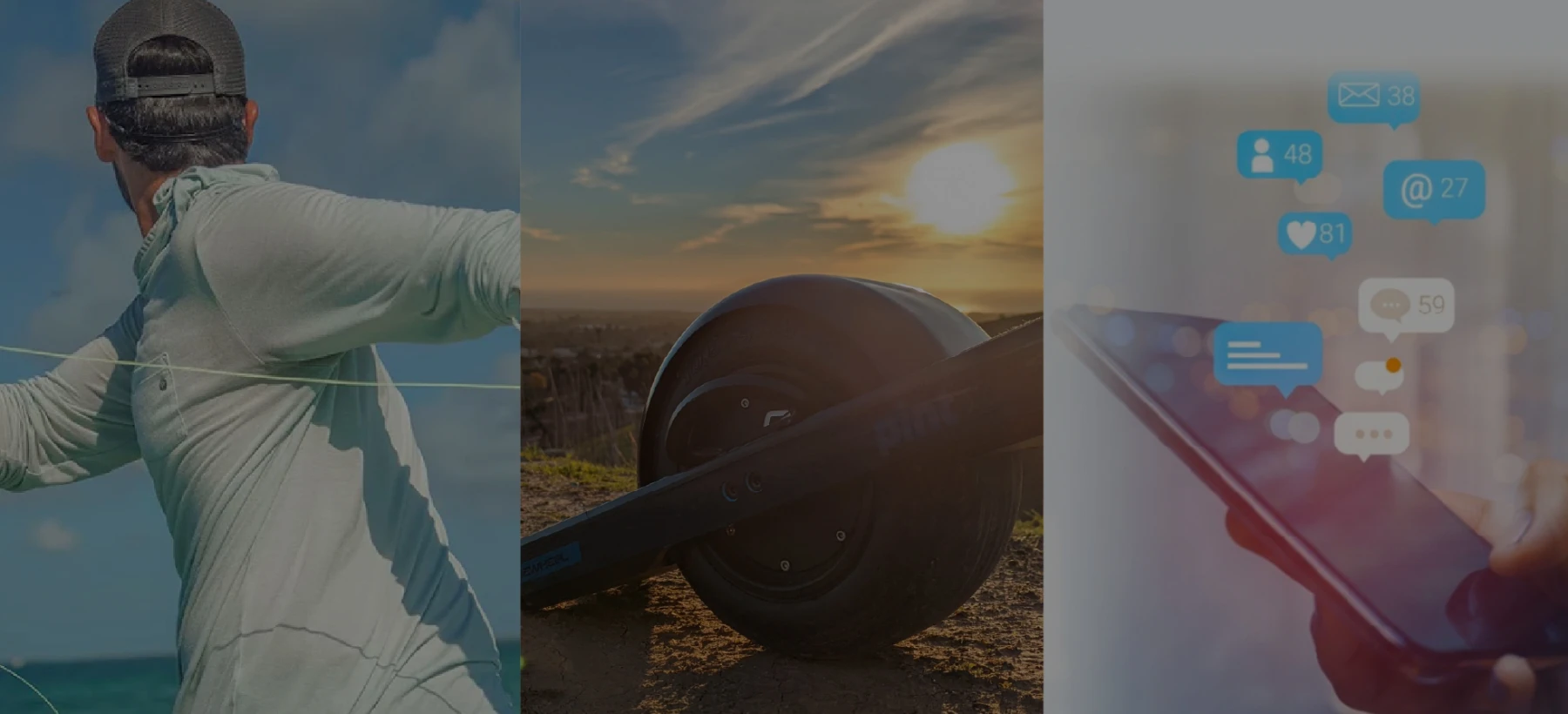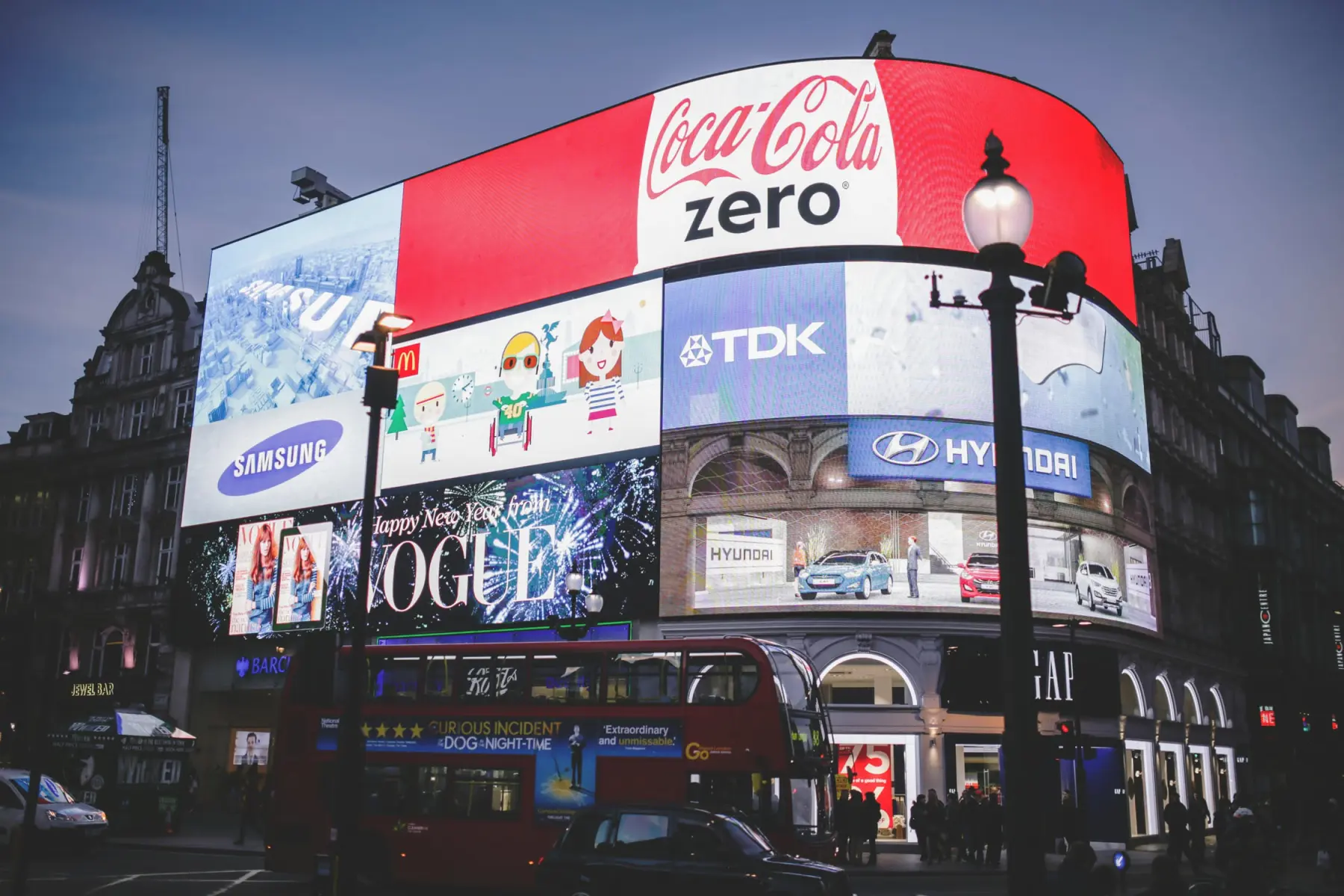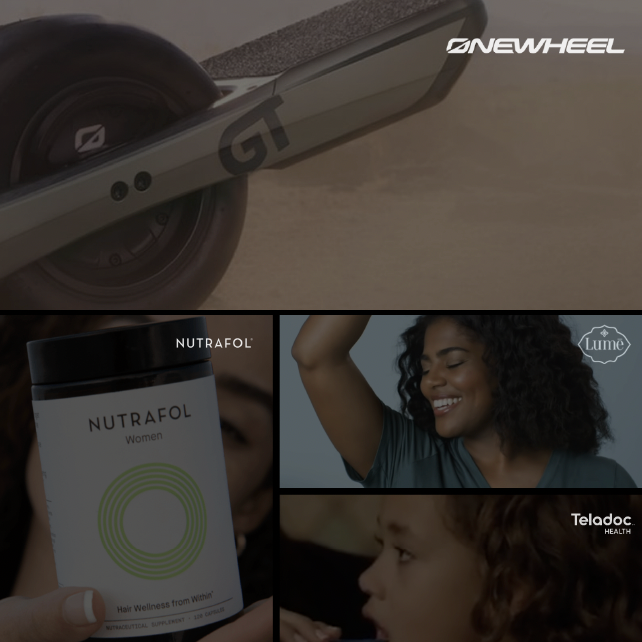
What are National-local Spots and Why Should You Test Them?
This blog post was updated in July 2023.
The television media-buying landscape is structured in a myriad of ways, so much so that advertisers can buy the same spot (or slices of that spot) from different angles, and at different pricing. In a previous post, we provided a broad overview of TV buy opportunities and in this post, we’re doing a deep-dive on a complex, yet popular, inventory slice oddly called “national-locals”.
Defining national and local spots
First, let’s set the context by explaining national vs local TV inventory, and how they get sold. A national airing is exactly what it says (i.e. the entire country watching the network will see the ad) and it is typically sold by the cable network or broadcaster directly. In contrast, a local airing is a spot sold by a network affiliate or a multichannel video programming distributor (MVPD) such as Comcast. These local spots air on the same network as the national spots, but they air during what is called a “local break” which is a pod of commercials that the network allows to be sold in local markets. When the local market sells one of these spots, they actually cover up the original ad that was placed there by the national market with the ad that they sold.
An example of a national spot is an airing on Good Morning America, sold by ABC that airs everywhere in the same reel position. Local inventory is a spot during the same show, but only aired within certain geography and during ABC’s local break. ABC7-KGO, an owned & operated ABC affiliate in the San Francisco Bay Area, may sell a spot on Good Morning America to a local car dealer. For broadcast television, it’s the local affiliate who will sell the inventory but for cable television, it’s the MVPD such as the cable provider that sells local inventory (e.g. Comcast Spotlight, Spectrum, Dish, and DirecTV sell local spots on the Discovery Network). While a local spot is less expensive, it also delivers fewer impressions. Measured on a CPM basis, however, local TV airings are typically more expensive than their national equivalent (which, one can argue, makes sense given the geo-targeting).
National-local
A national-local is a spot that is purchased to air across the country during the local break timeslots, however, they might not be shown everywhere because local stations sold the timeslot to someone else and ran that commercial on top of the national spot.
Unlike a true national buy, the national-local airing is “covered up” by the local airings in the markets where MVPDs did sell the local spot. The exact coverage (and therefore, impressions) that the buyer of the national-local will get is unknown (although networks often do provide estimates); in return, a national-local airing has a lower price than its national counterpart (e.g. 30-70% discount when measured on CPM basis).
In streaming, no inventory is specifically labeled (or sold) as national-local inventory. However, the concept of a cover-up most definitely exists. For example, FuboTV will sell part of its inventory to various distributors (and at a premium); the remaining inventory is then sold as “run-of-site” or “run of network”. This is most similar to a national-local.
What’s in it for the advertisers?
Here are three reasons why brands should include national-local spots in their media plan:
Favorable pricing: National-locals provide brands with a highly cost-effective way to take advantage of national reach and scale at a significantly lower price (e.g. up to 90% discount when measured on a CPM basis).
Access to premium inventory: National-locals can give advertisers access to inventory that would otherwise be too expensive at the national level. This creates a point of entry for brands of any size to stand alongside timely and buzz-worthy content. In this way, brands can test certain premium inventory before deciding to buy a full national spot in that same inventory.
Price & Reach: While the price is discounted by up to 90% off that of a national spot, coverage could be 30%, for example. This means that a brand would pay only 10% for 30% of market coverage. When combined over the course of multiple airings, national-locals can achieve comparable coverage to a single national spot.
How to use national-locals
Test, learn, and repeat. One of the biggest benefits of national-locals is the ability to test expensive networks on a smaller scale and apply the learnings to make data-driven optimizations. Testing large primetime placements at the national-local level can also be a great way to build up the confidence to take on the real deal (national spots).
Now let’s take a look at how three Tatari clients, Free Fly, Onewheel, and ReputationDefender leveraged national-local spots to drive lower-funnel impact on TV.
Free Fly scores big on the final drive
In January 2023, outdoor apparel company Free Fly was preparing to pull back their TV spend. To maximize their TV advertising dollars, Tatari’s strategy team recommended national-locals to support their end-of-year sale. In the past, Free Fly saw strong campaign performance on sports networks. However, given their limited budget, the Super Bowl felt out of reach. So, the Tatari Team strategically bought ESPN-Locals Everyday Prime rotation to efficiently surround NFL playoff coverage. But as luck would have it, they landed a 30-second national-local spot during the NFL Playoffs NFC wildcard game: Cowboys vs. Buccaneers, at 90% off the original rate of over $500k. This high-profile spot allowed Free Fly to leverage premium sports coverage in an impactful and cost-efficient way that resulted in a surge of 2,396 website visitors within the first 5 minutes after airing, a CPV of $0.05, and a CPA of $1.20.
Fans of westerns become fans of onewheel
Self-balancing electric skateboard brand Onewheel got their own taste of national-local success with an airing on the hit western show, Yellowstone. Hesitant to commit to the price of a national spot, Tatari proposed testing a 15s creative at the national-local level. Onewheel landed the spot (originally being sold for over $150k) at above a 90% discount. The spot brought 1,192 immediate site visitors (in a 5-minute window) and drove Onewheel’s CPV down to $0.03 – making it one of the lowest CPX’s and most high-profile placements ever recorded in Onewheel’s TV history.
ReputationDefender triumphs on a series finale
Reputation management and online privacy company ReputationDefender was presented with a unique opportunity on AMC-locals’ Better Call Saul series finale. For a fraction of the national price (which was over $70k), Tatari helped ReputationDefender land a 30s spot at above a 90% discount, which resulted in bringing their CPV down to $1.
Consider these tips when adding national-locals to your media plan:
Focus on high-reach networks and dayparts during key times of the year (i.e new episodes of popular shows or high-profile sporting and entertainment events).
If a network is sold out due to high demand, national-locals can still get you a slice of the pie. However, performance can vary. Therefore, make sure you balance out any national-local tests with core performers to maintain overall efficiency (ie: don’t use national-locals in isolation).
Check on potential spot coverage with the network before committing.

Brad Geving
I'm Head of Media Buying & Ops and I love it when a plan comes together.
Related
Choosing between local and national advertising
While local spot costs are indeed less expensive than national buys, the number of local impressions aired is much smaller.
Read more
Adding Brand Objectives to a Performance-Focused TV Ad Strategy
Let’s take a look at how three Tatari clients, Nutrafol, Tecovas, and Ro, started their TV journey with a performance-focused mindset and later added brand objectives to drive even stronger campaign results.
Read more
How 6 Performance Driven Brands Use TV Throughout The Marketing Funnel
Tatari teamed up with Adweek to tell the story of 6 disruptor brands and how they have effectively used TV to achieve a wide range of KPIs across all stages of the marketing funnel.
Read more


